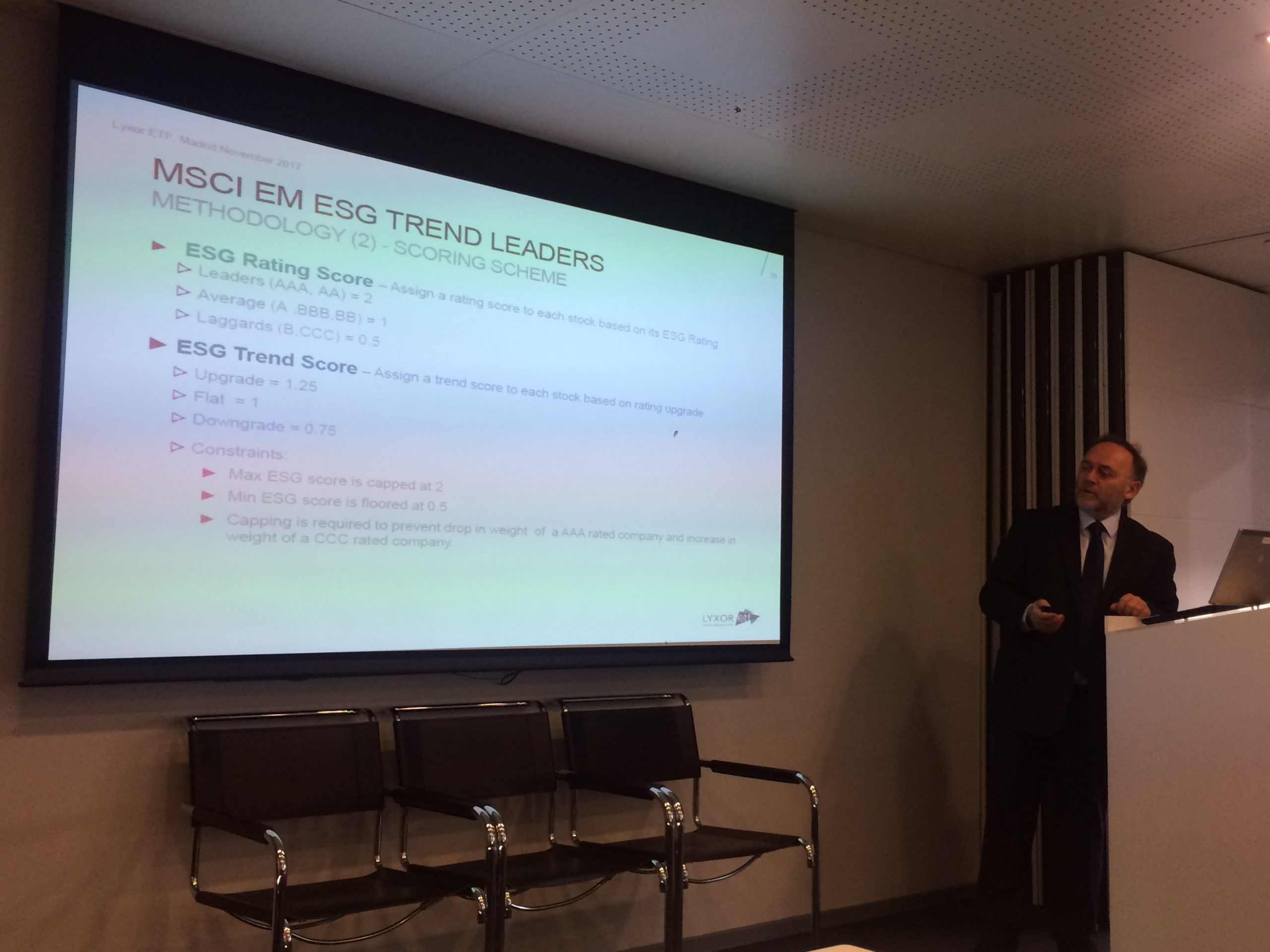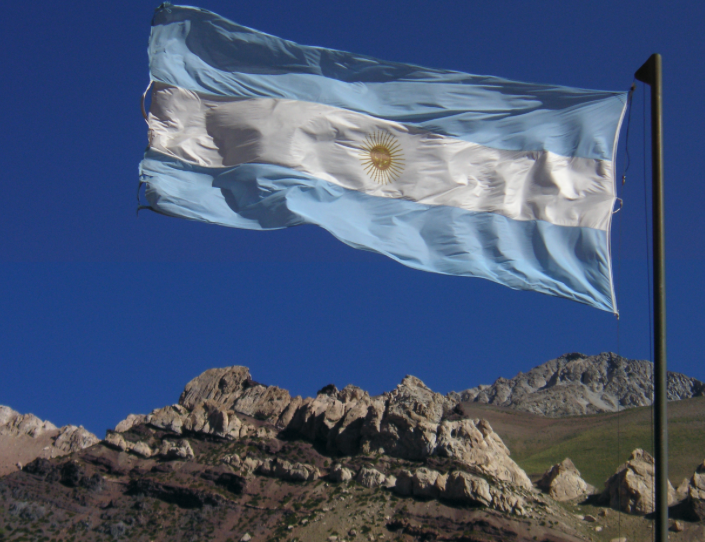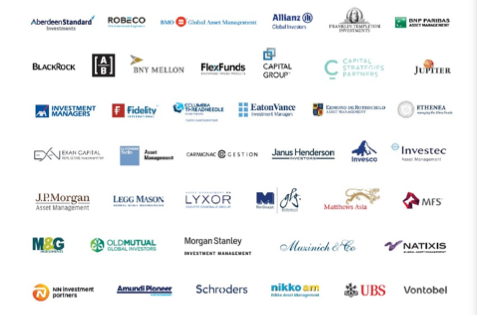Corporate Debt and Inflation-Linked Bonds Are Amongst this Year’s Best Options in Fixed Income
| For Beatriz Zúñiga | 0 Comentarios

Asset management companies agree that 2018 will be characterized by a low rate environment and by a slow normalization of monetary policies calculated step by step to avoid damaging global growth. Once again, this leaves us with the same question as to what to expect from fixed income, to which so many investors and asset managers look with suspicion due to the low profitability it offers.
Where will the opportunities lie in this type of assets? For Hans Bevers and Bruno Colmant, Chief Economist and Head of Macro Analysis respectively, at Degroof Petercam, the context has to be taken into account. Neither one expects the normalization process of monetary policies to produce much higher yields than long-term bonds.
In an environment of very low interest rates, Degroof Petercam proposes the following alternatives to sovereign debt: investment grade corporate debt in Euros, which offers a limited return, but with durations that are often shorter than those of sovereign debt, and international bonds linked to inflation.
“Although inflation levels have recently disappointed, inflation-linked bonds remain attractive considering that overall growth forecasts and the improvement of the labor market situation should translate into a modest rise in inflation. We believe that valuations of inflation-linked bonds do not fully reflect this perspective,” says Jérôme van der Bruggen, Head of Private Banking Investment at Degroof Petercam.
In turn, SYZ AM points to credit as a key asset for 2018 within fixed income, despite its high valuations and the risks involved. “As far as the bond market is concerned, everyone knows that the sovereign returns of Western countries are low. However, it isn’t the government bond segment where the values of the fixed-income market are trivial. It’s in corporate credit. After years of ultra-accommodative monetary policy and a desperate search for profitability by investors, corporate credit in general, and high-yield markets in particular, have become the most expensive asset class in the world,” says Hartwig. Kos, Vice-CIO of Investments and Co-Head of Multi-assets at SYZ AM. He advises that, in an environment where inflationary pressures are rising and the stance on the ECB’s monetary policy is tightening, the high-yield market and its valuations are “clearly vulnerable.” According to Kos, “in investors’ minds at the present moment the asset class chosen is equity. And, in fact, although bonds are expensive, in comparison, equity is at a reasonable value. This is obviously a relative argument, but when you look at equity valuations in absolute terms the picture looks quite different.”
USA
AtEthenea, they take this into consideration and do not expect a rate hike, but they do not rule out that there will continue to be a significant demand on fixed income. “In this environment, and with continued demand from both domestic and foreign institutional investors, we believe that the pressure on long-term bonds should remain moderate. At the same time, continued strong economic conditions, favorable refinancing conditions, and low default rates should support spreads on corporate bonds,” explains Guido Bathels, Portfolio Manager at Ethnea Independent Investors.
According to Bathels, in the United States, we find a slightly different environment given the time of the economic cycle in which it is and the short-term increase in interest rates. “It’s possible that the rate increase of the first half of the year is corrected downward during the second half due to economic concerns. If this reverses, the profitability curve during the year would be a clear indicator of an impending economic slowdown. This prospect could put pressure on the risk premiums of corporate bonds. This type of scenario would definitely have an impact on interest rates and spreads in Europe towards the end of the year,” he explains.
In this context of global growth, but certain financial uncertainties, Bathels argues that active management and a flexible investment approach will be very important in order to not miss the opportunities that arise in the fixed income market.








